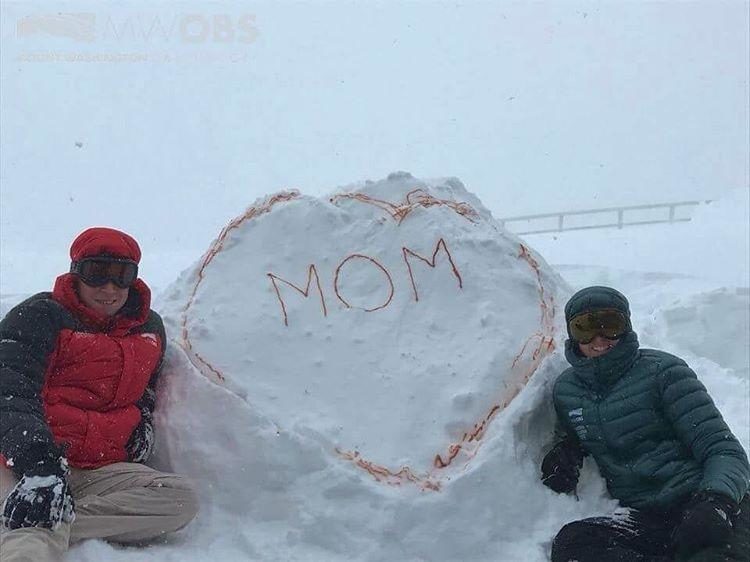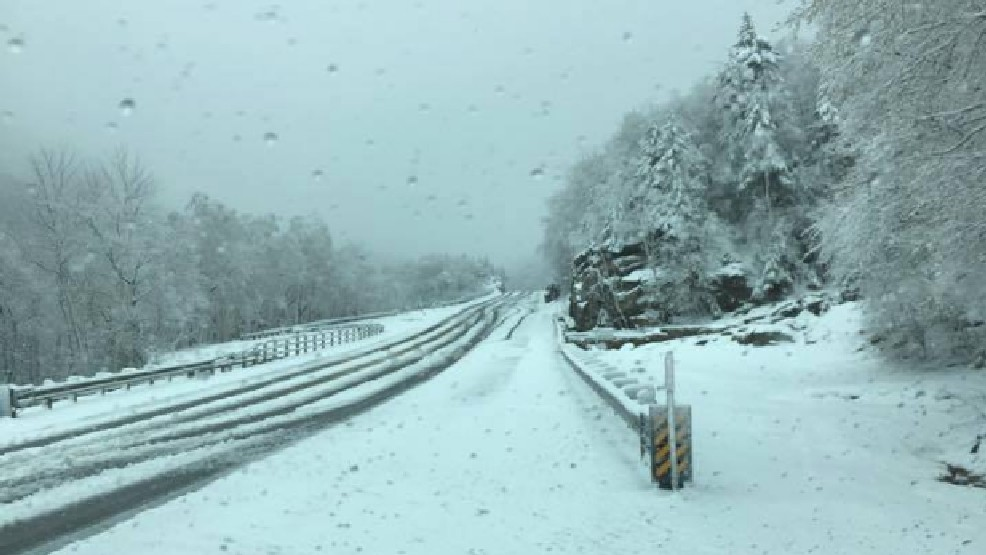
© Mount Washington ObservatoryThere was snow on Mount Washington on Mother’s Day.
More than 30 inches of snow enveloped Mount Washington Observatory this weekend — just days before parts of Massachusetts are expected to have temperatures in the 90s.
The snow started Saturday night at the New Hampshire observatory and continued through Monday, covering the mountain with about 33 inches before stopping, according to a Facebook post from the observatory.
A May snowfall is not unusual at the observatory, said Chris Kimble, a National Weather Service meteorologist. About 12 inches of snow typically falls in May at the observatory, which has an altitude of 6,300 feet.
But this weekend's storm broke a couple weather records, including the largest snowfall for a single day in May."In 1967, 22.2 inches fell, and this weekend we got 22.9 and counting," Kimble said.
The record for the largest single-storm snow in May was also broken, he said. From May 21 to 24, 1997, the observatory was hit with 30.6 inches of snow. This weekend, 33.3 inches fell.
So far, over 45 inches of snow have fallen at the observatory this month.

Comment: See also: Dragon-skin ice, has been discovered by scientists, forged by intense Antarctic gales